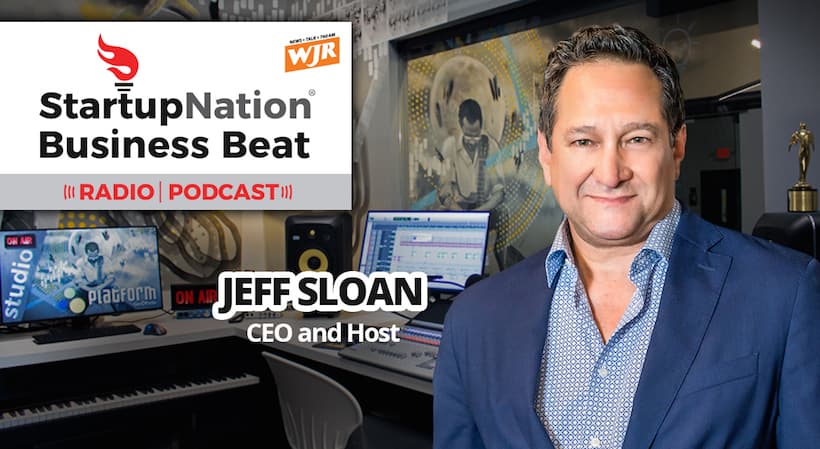This morning, we want to direct the attention of small business owners to the latest pandemic stimulus bill. Passed by Congress in late December, it has opened the doors for many small business owners to access new relief loans through the Paycheck Protection Program (PPP). This money can be used to pay employees and keep your lights on during these most challenging times brought on by the pandemic.
To help break it down for us, we’ve tapped Benjamin Johnston, chief operating officer of Kapitus, a leader in small business financing.
During today’s WJR Business Beat, Johnston highlights some of the key aspects of the new PPP program for us.
Tune in below!
Tune in to News/Talk 760 AM WJR weekday mornings at 7:11 a.m. for the WJR Business Beat. Listeners outside of the Detroit area can listen live HERE.
Are you an entrepreneur with a great story to share? If so, contact us at [email protected] and we’ll feature you on an upcoming segment of the WJR Business Beat!
Good morning, Paul.
To kick off this week right we want to direct the attention of small business owners in the region to the latest pandemic stimulus bill just passed by Congress in late December.
Its opened the doors for many small business owners to access new relief loans through the Paycheck Protection Program, money that can be used to pay employees and keep your lights on during these most challenging times.
It’s expected that the program will open this week and if you are a business in need, you need to get on top of this now.
To help break it down for us, we’ve tapped Benjamin Johnston, who’s the chief operating officer of Kapitus, a leader in small business financing. Ben, highlight some of the key aspects of the new PPP program for us.
Sure. Well, I think it’s important that there are a couple of things that look like they’re going to remain the same. One is it’s still a five-year loan, carrying a 1% interest rate with no payment for 10 months. So that is really a tremendous value when you think about the opportunity to raise capital for your business. You do have to have been in business on or before February 15, 2020. So, before COVID shut down the U.S. economy the first time, and you are limited to having no more than 300 employees; 500 if you have multiple locations. What’s really new here is that eligible businesses must have experienced a 25% reduction in revenue in at least one quarter of 2020 over the same quarter in 2019.
So, if it’s the first quarter, second quarter, third quarter, fourth quarter, that same quarter from 2019 must have fallen by at least 25% in 2020.
Another similarity, but with a slight tweak, is that the max loan amount, which is calculated as 2.5 times average monthly payroll of your company either during 2020, so that year, or during 2019.
Thank you, Ben! By the way, Ben hails from the great state of Michigan and grew up listening to WJR. Great to have him on the air with us today providing valuable guidance to our small businesses in the region.
I’m Jeff Sloan, founder and CEO of StartupNation.com, and that’s today’s Business Beat on the Great Voice of the Great Lakes, WJR.






